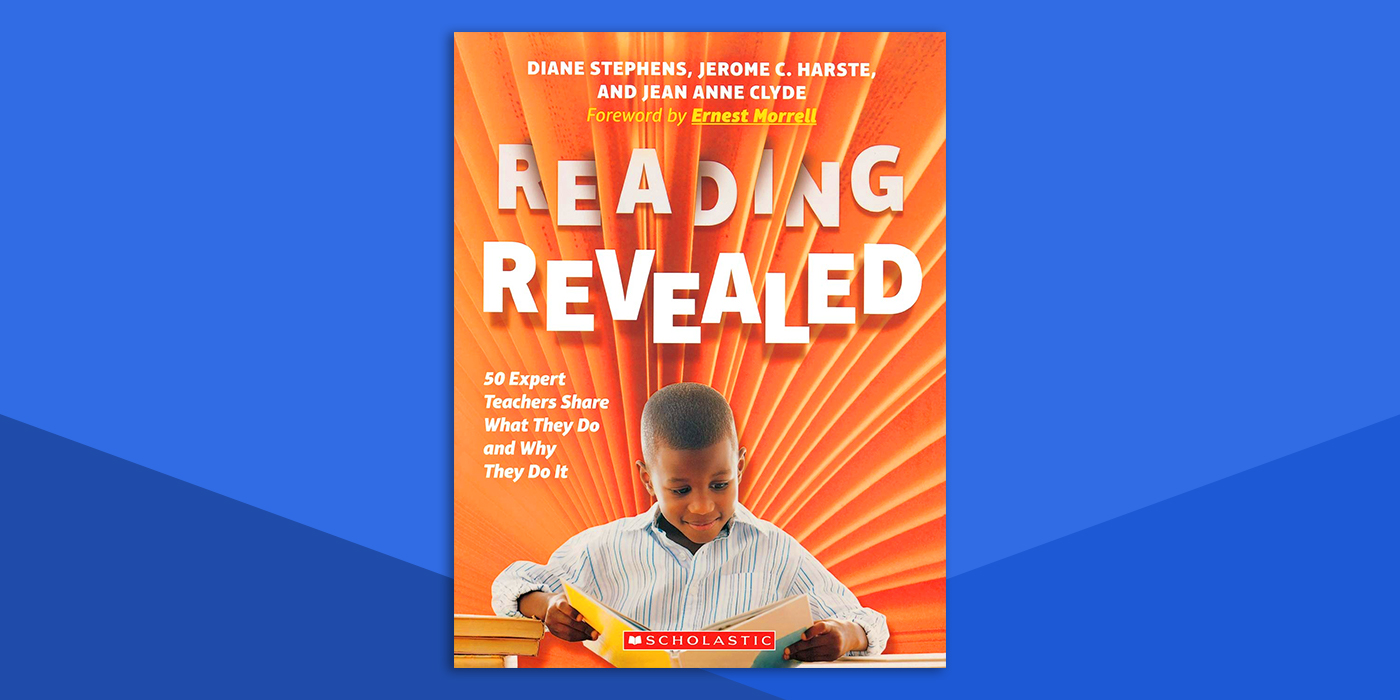No matter how long we have been teaching, no matter how good we are as teachers, we can always do a better job tomorrow than we did today. We can always tune in a little more, think a bit more deeply, make a more effective instructional move, and ask more questions.
In our book, Reading Revealed, we outline how you can use ‘Kidwatching (Owocki & Goodman, 2002) and Responsive Teaching to create the best possible opportunities for your students to learn and grow individually and collectively. Kidwatching and Responsive Teaching involve knowing your students and helping them to know themselves. It helps students realize their strengths. It helps them empower themselves.
Kidwatching and Responsive Teaching allow us to continuously refine our craft as teachers. These are not simply things we do; they define who we are.
Here’s how Kidwatching and Responsive Teaching can help you make instructional decisions that truly reflect your students’ reading strengths, needs, and interests.
As a Kidwatcher you’ll want to:
· Record exactly what your students say, think, or do. Describe; don’t judge. For example, you might record, “When I asked Juanita what she does when she comes to something she doesn’t know, she says she looks at word parts and sounds out.”
· Make multiple observations of every student. You might notice, for example, that Juanita uses other strategies that she did not mention. She might make predictions based on meaning, reread, read ahead, and/or substitute words that make sense. Other students may not have as many strategies or might not use them as flexibly.
· Look across all your observations, noticing patterns. Create a hypothesis for each student, e.g, “Juanita seems to be using a range of strategies, but doesn’t seem aware of what she actually does as a reader—that she is using many strategies that accomplished readers use.” “Derek often seems to substitute words which do not make sense in the sentence.”
· Observe some more, trying to identify the conditions under which Victoria flexibly uses multiple strategies to make sense of text and in which Derek substitutes words that do make sense.
Then, as a Responsive Teacher:
· Based on your data, on the patterns you have identified, make instructional decisions for individuals, small groups, and/or the whole class. One-on-one, you can talk reader-to-reader with Juanita. Notice and name the strategies you’ve seen her use effectively, helping her become aware of the diverse strategies she is already using. Provide Derek with book in which he knows most of the words and talk to him about using meaning, syntax and grapho-phonic information to figure out words that do make sense. Gather together small groups of students for short lessons on shared strengths and needs, e.g. helping them understand how fluent reading helps with comprehension. Do a mini-lesson for the whole class about how paragraphing signals who is talking in a conversation.
· Then, observe to understand the impact of your instructional moves.
And the cycle continues.
· Observe (what students say, think, or do)
· Hypothesize patterns
· Observe some more
· Draw conclusions
· Provide Instruction
· Observe the impact of your instruction
To learn more about Kidwatching, Responsive Teaching, and to read and watch videos of what award-winning literacy educators are doing to meet the needs of their readers, you can purchase our book here.
About the authors:
Diane Stephens
Distinguished Professor Emerita, College of Education, University of South Carolina, award winner, and a founding co-editor of NCTE's Primary Voices.
Jean Anne Clyde
Professor Emerita of Literacy Education at the University of Louisville where she taught courses on literacy, teaching, and formative assessment
Jerome C. Harste
Currently a member of the Alliance of Distinguished Professors at Indiana University, and past President of the National Council of Teachers of English, the Literacy Research Association, and the National Conference on Language and Literacy Research.
